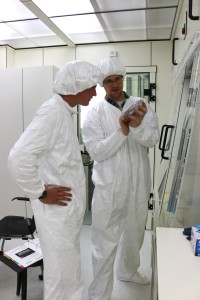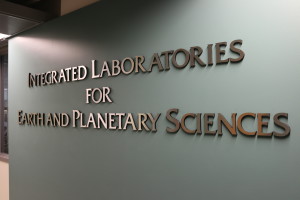Today marks the beginning of the Small Canadian Arctic River Flows project (SCARFs)!
So what exactly is the SCARFs Project?
With the assistance of a National Science Foundation (NSF) grant, a team of researchers from Northwestern University and the University of Washington will conduct a 3-year study on the freshwater inputs to the Arctic Ocean from the Canadian Archipelago.
Why is it important?
Over the past fifty years, the Arctic has warmed significantly compared to global average, due to positive feedbacks such as sea ice loss. Freshwater sources are important for understanding the formation and movement of sea ice in the Arctic Ocean. The amount of freshwater from rivers in the Canadian Arctic Archipelago is of specific importance because it is the least-studied and most-uncertain variable of the Arctic freshwater budget. Over the 3 years, researches will collect and characterize the river water using standard geochemical techniques.
This is where I come in. I will be assisting with data collection as a field assistant for this project over the next four weeks, from June 15 – July 17.
I began my journey yesterday, Friday June 13th (yes, I flew on Friday the 13th…), by traveling to Chicago to meet up with one of the project researchers and PhD candidate, Greg Lehn, from Northwestern University’s Integrated Laboratories for Earth and Planetary Sciences (ILEPS).
-

Researcher and PhD. candidate Greg Lehn explaining how the Thermal Ionization Mass Spectrometer (TIMS) instrument processes a sample.
The laboratory, run by Dr. Andrew Jacobson, Ph.D., is considered one of the top labs of its kind. The lab is a clean room environment and these white suits must be worn at all times to prevent contamination! Interestingly, the suits are not meant to prevent us from the samples in the lab. Instead, the suits are worn to prevent us from contaminating the samples – a single strand of hair could change the data collected and change the conclusions drawn from the research! For more information about Dr. Andrew Jacobson’s lab click here.
I spent several hours at ILEPS visiting the Radiogenic Isotope Laboratory that will be used to measure the water samples we collect this summer. Interestingly, the entire lab is made of plastic! And I mean everything – walls, doors, screws, fume hoods, and more. This lab is also a “clean lab,” meaning that anyone inside must wear a special protective suit to prevent dust, hair, and dirt from contaminating samples. I donned my all-white jumpsuit and hair net and got to check out one of the most advanced labs of its kind in the United States and the world! On top of being made completely of plastic, the lab filters all air inside, controls the humidity, regulates the air pressure, and creates the ideal working environment for measuring radiogenic isotopes such as calcium (Ca) and strontium (Sr). Last, we checked out the machine that processes most of the samples, called a Thermal Ionization Mass Spectrometer (TIMS). After all of this I returned to my room to double-check my supplies for the trip. Tomorrow is the big day, we will point our compass north and fly into one of the few remaining very-remote places on earth!

